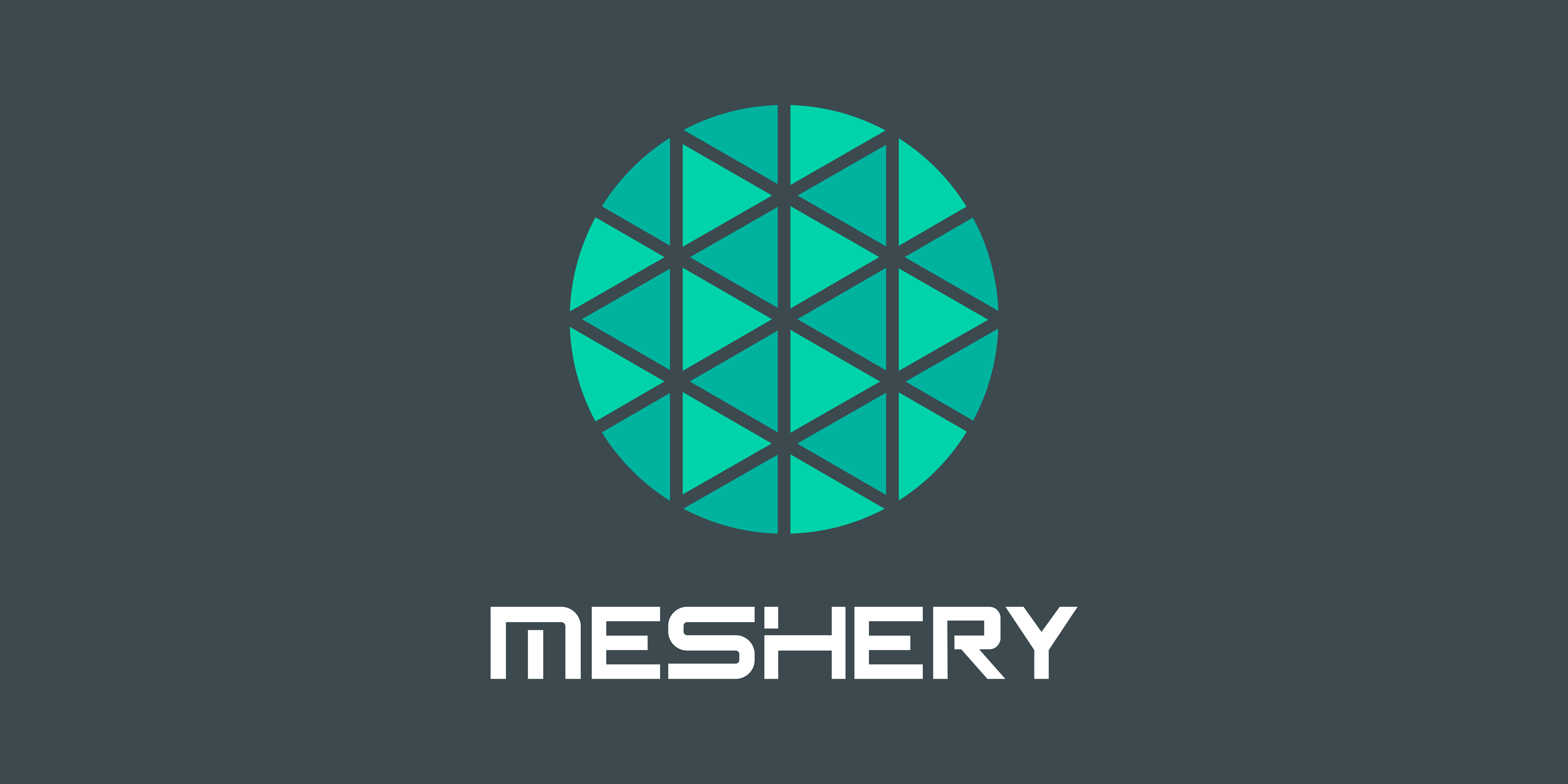Meshery: The Cloud-Native Management Powerhouse and My Journey as an Open Source Contributor
 Harsh Prakash
Harsh Prakash
In the fast-paced world of cloud-native technologies, managing and integrating a diverse set of tools and platforms can be a daunting task. Enter Meshery—a versatile, open-source management plane that simplifies the adoption, operation, and governance of over 300+ cloud-native technologies. From Kubernetes operators to API gateways, observability tools, and beyond, Meshery has evolved far beyond its initial scope to become a comprehensive solution for cloud-native management. In this blog, I’ll explore what Meshery is, its use cases, and why I’m thrilled to have joined the Meshery community as an open-source contributor.
What is Meshery?
Meshery is an open-source, cloud-native management plane designed to help developers and operators manage a wide array of cloud-native technologies. It acts as a centralized control plane for configuration, performance benchmarking, and lifecycle management. Whether you’re working with Kubernetes, API gateways, observability tools, or other cloud-native components, Meshery provides a unified interface to manage them all.
Developed under the Layer5 community, Meshery is more than just a tool—it’s a platform that empowers users to evaluate, operate, and optimize their cloud-native infrastructure. Its extensible architecture ensures that it can adapt to new technologies as they emerge, making it a future-proof solution for the ever-evolving cloud-native ecosystem.
Key Features of Meshery
Meshery is packed with features that make it a must-have tool for anyone working in the cloud-native space. Here are some of its standout capabilities:
1. Multi-Platform Management
Meshery supports over 300+ cloud-native technologies, including Kubernetes, Prometheus, Grafana, Envoy, and more. It allows you to deploy, configure, and manage these tools from a single dashboard.
2. Performance Benchmarking
One of Meshery’s most powerful features is its ability to benchmark the performance of your cloud-native infrastructure. Using tools like Nighthawk and Fortio, Meshery helps you identify bottlenecks and optimize your setup for better performance.
3. Customizable Workloads
Meshery allows you to define and deploy custom workloads to test your infrastructure under various conditions. This is particularly useful for simulating real-world traffic patterns and stress-testing your systems.
4. Lifecycle Management
From installation to upgrades, Meshery simplifies the lifecycle management of your cloud-native tools. It provides a consistent and repeatable process for deploying and maintaining these technologies across different environments.
5. Adapters and Extensibility
Meshery’s adapter architecture allows it to integrate with a wide range of cloud-native technologies. This extensibility ensures that Meshery can adapt to new tools and platforms as they emerge.
6. Visualization and Monitoring
Meshery integrates with observability tools like Prometheus and Grafana to provide real-time monitoring and visualization of your infrastructure. This helps you gain insights into the health and performance of your systems.
Practical Use Cases of Meshery
Meshery isn’t just a theoretical tool—it’s designed to solve real-world problems. Here are some practical use cases where Meshery shines:
1. Technology Evaluation
If you’re trying to decide which cloud-native tools to adopt, Meshery can help. It allows you to compare the performance, features, and compatibility of different technologies, making it easier to choose the right ones for your needs.
2. Multi-Tool Environments
In organizations that use a variety of cloud-native tools (e.g., Kubernetes for orchestration, Prometheus for monitoring, and Envoy for networking), Meshery provides a unified management plane. This eliminates the need to switch between different tools and interfaces.
3. Performance Optimization
Meshery’s benchmarking capabilities help you identify performance bottlenecks and optimize your infrastructure. This is especially useful for high-traffic applications where latency and throughput are critical.
4. CI/CD Integration
Meshery can be integrated into your CI/CD pipeline to automate testing and validation of your cloud-native setup. This ensures that your infrastructure is always configured correctly and performs well in production.
5. Disaster Recovery and Testing
With Meshery, you can simulate failure scenarios and test your infrastructure’s resilience. This helps you prepare for real-world outages and ensures that your systems can recover quickly.
My Journey as a Meshery Contributor
A few months ago, I decided to dive into the world of open-source contributions, and Meshery caught my attention. The project’s mission to simplify cloud-native management resonated with me, and I was eager to contribute to something that had such a tangible impact on the cloud-native community.
Why I Chose Meshery
Active and Welcoming Community: The Layer5 community is incredibly supportive and welcoming to newcomers. Whether you’re a seasoned developer or just starting out, there’s a place for you in Meshery.
Real-World Impact: Meshery solves real problems faced by developers and operators. Contributing to Meshery means directly impacting the cloud-native ecosystem.
Learning Opportunities: Working on Meshery has exposed me to a wide range of technologies, from Kubernetes and API gateways to observability tools.
My Contributions So Far
Since joining Meshery, I’ve had the opportunity to work on a variety of tasks, including:
Writing documentation to help new users get started with Meshery.
Fixing bugs and improving the user interface.
Adding support for new integrations and adapters.
Every contribution, no matter how small, has been a rewarding experience. The maintainers and fellow contributors are always there to guide you, making the learning process smooth and enjoyable.
Why I’m Loving Meshery
Meshery isn’t just a tool—it’s a community-driven project that embodies the spirit of open-source collaboration. Here’s why I’m loving my journey with Meshery:
Hands-On Learning: Contributing to Meshery has given me hands-on experience with cutting-edge technologies.
Collaboration: The collaborative nature of the project has helped me grow as a developer and a team player.
Impact: Knowing that my contributions are helping others in the community is incredibly fulfilling.
Getting Started with Meshery
If you’re interested in exploring Meshery, here’s how you can get started:
Install Meshery: Follow the official documentation to install Meshery on your local machine or Kubernetes cluster.
Explore the Features: Try out Meshery’s benchmarking, visualization, and lifecycle management features.
Join the Community: Join the Layer5 Slack to connect with other users and contributors.
If you’re interested in contributing, check out the Meshery GitHub repository. There are plenty of beginner-friendly issues to get you started!
Final Thoughts
Meshery is a game-changer for anyone working in the cloud-native space. Its ability to simplify complex tasks, combined with its extensibility and active community, makes it an indispensable tool in the cloud-native ecosystem. As for me, joining Meshery as an open-source contributor has been an incredibly rewarding experience. I’ve learned so much, met amazing people, and contributed to a project that’s making a real difference.
If you’re passionate about cloud-native technologies and open-source software, I highly recommend trying Meshery. Who knows—you might just fall in love with it, like I did.
Happy cloud-native managing! 🚀
Subscribe to my newsletter
Read articles from Harsh Prakash directly inside your inbox. Subscribe to the newsletter, and don't miss out.
Written by

Harsh Prakash
Harsh Prakash
B.Tech Computer Science (3rd Year) 🎓 | MERN Stack Developer 💻 | Passionate about Java & JavaScript coding adventures 🤖🚀 | Tech enthusiast exploring the ever-evolving world of innovation 🌐 | Adventure seeker, cricket lover, foodie, and avid traveler ✈️🏏🍜 | Dreaming in code, living for the thrill! #TechExplorer #CodeDreamer #AdventurousSoul